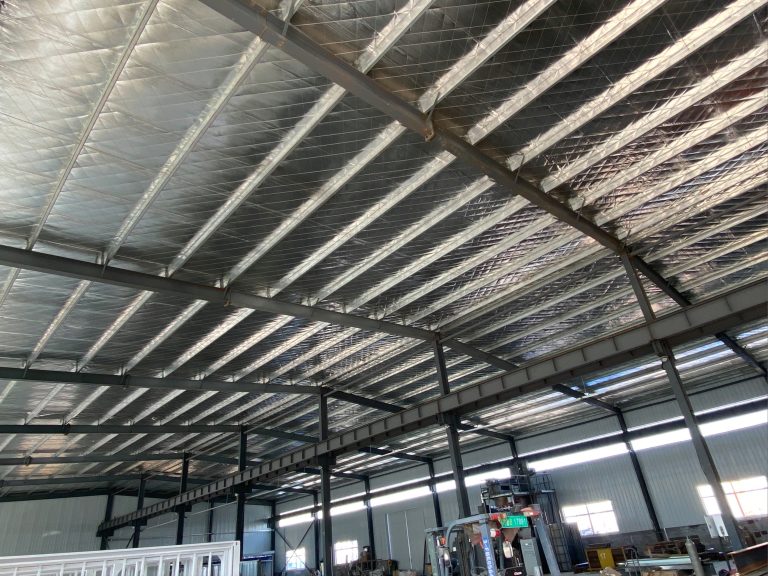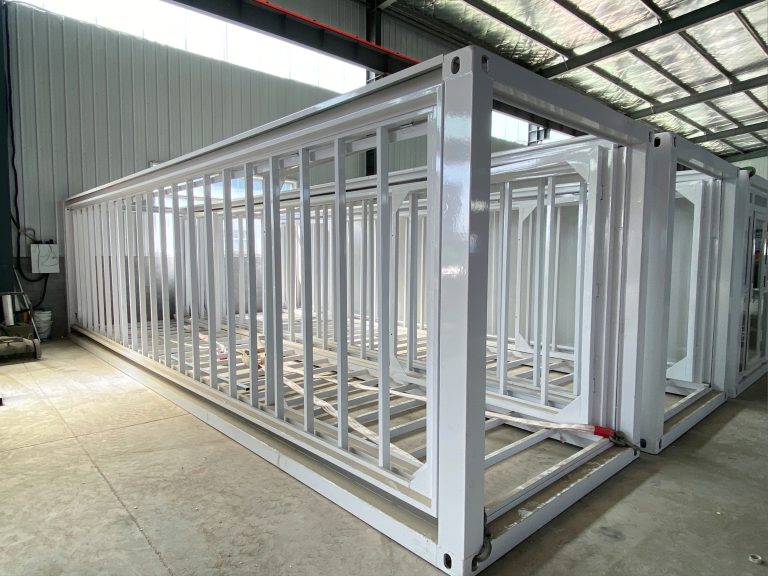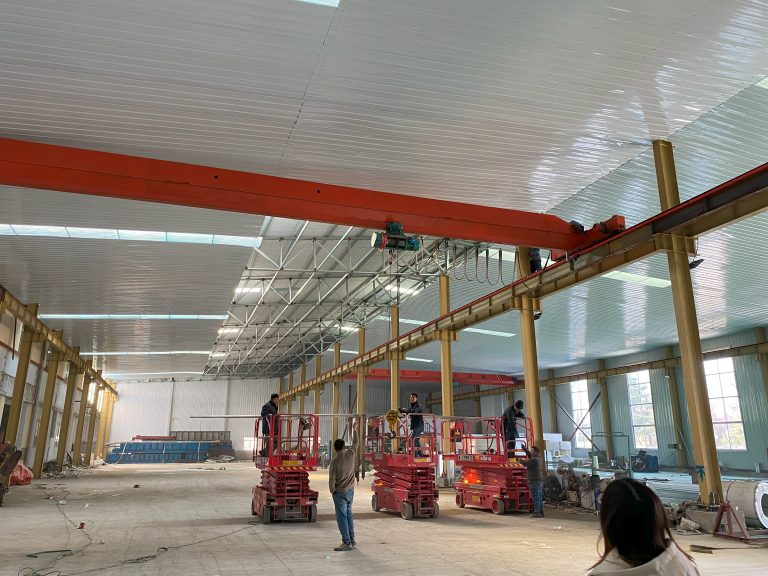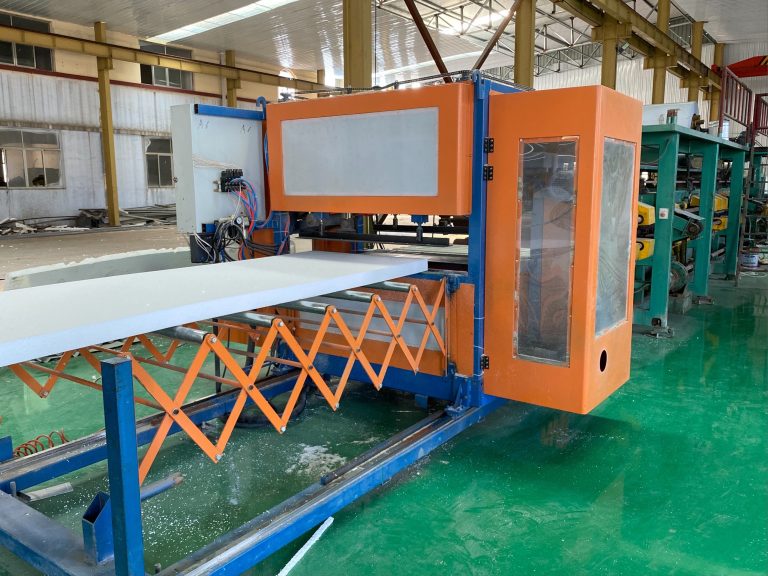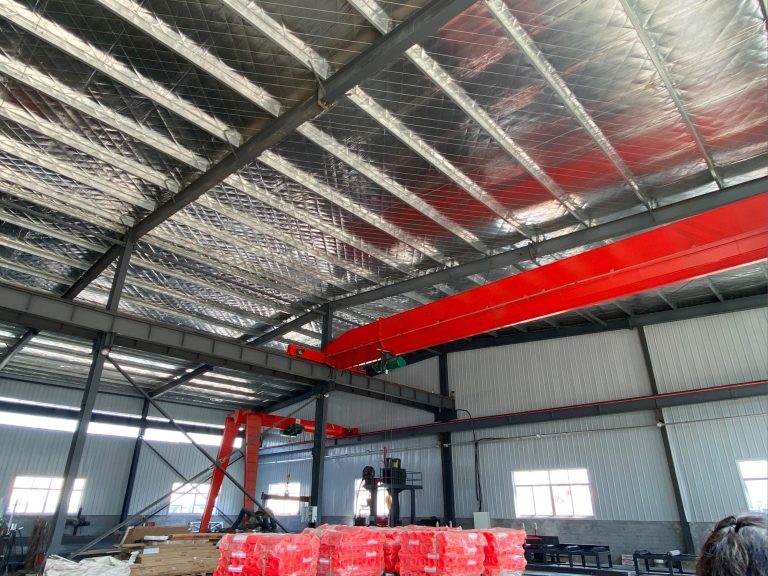Evaluation of the application effect of solar photovoltaic panels in the roof covering of breeding sheds
Table of Contents
Benefits of Using Solar Photovoltaic Panels in Breeding Sheds
Solar photovoltaic panels have become increasingly popular in recent years as a sustainable and cost-effective energy solution for various applications. One area where these panels have shown great promise is in the roof covering of breeding sheds. This article will evaluate the application effect of solar photovoltaic panels in breeding sheds and discuss the benefits of using this technology in such facilities.
Breeding sheds are essential for housing livestock and providing a controlled environment for breeding and raising animals. These facilities require a significant amount of energy to maintain optimal conditions, including heating, lighting, and ventilation. By installing solar photovoltaic panels on the roof of breeding sheds, farmers can generate their own electricity and reduce their reliance on the grid.
One of the key benefits of using solar photovoltaic panels in breeding sheds is the potential for cost savings. By generating electricity from the sun, farmers can offset their energy costs and reduce their overall operating expenses. This can have a significant impact on the bottom line, especially for large-scale operations that consume a substantial amount of energy.
In addition to cost savings, solar photovoltaic panels can also help farmers reduce their carbon footprint and contribute to a more sustainable agricultural industry. By using renewable energy sources like solar power, farmers can lower their greenhouse gas emissions and lessen their impact on the environment. This can be particularly important for livestock operations, which are known to be significant contributors to greenhouse gas emissions.
Furthermore, solar photovoltaic panels can provide a reliable source of electricity for breeding sheds, even in remote or off-grid locations. By harnessing the power of the sun, farmers can ensure a consistent supply of energy for their operations, regardless of their proximity to the grid. This can be especially beneficial in rural areas where access to electricity may be limited or unreliable.
Another advantage of using solar photovoltaic panels in breeding sheds is the potential for energy independence. By generating their own electricity, farmers can reduce their dependence on external energy suppliers and have more control over their energy production. This can provide a sense of security and stability for farmers, knowing that they have a reliable source of power for their operations.

In conclusion, the application of solar photovoltaic panels in the roof covering of breeding sheds can have a positive impact on both the environment and the bottom line for farmers. By generating their own electricity from the sun, farmers can reduce their energy costs, lower their carbon footprint, and increase their energy independence. This technology offers a sustainable and cost-effective solution for powering breeding sheds and can help farmers create a more efficient and environmentally friendly operation.
Cost-Effectiveness of Installing Solar Panels on Breeding Shed Roofs
Solar photovoltaic panels have become an increasingly popular choice for generating renewable energy in various settings, including residential, commercial, and agricultural applications. One area where solar panels have shown promise is in the roof covering of breeding sheds. This article will evaluate the application effect of solar photovoltaic panels in the roof covering of breeding sheds, with a focus on the cost-effectiveness of installing these panels.
One of the primary benefits of installing solar panels on the roofs of breeding sheds is the potential for significant cost savings on energy bills. By harnessing the power of the sun to generate electricity, farmers can reduce their reliance on traditional energy sources and lower their overall energy costs. This can be particularly advantageous for breeding operations that require a significant amount of electricity to power lighting, heating, ventilation, and other equipment.
In addition to cost savings, installing solar panels on breeding shed roofs can also help farmers reduce their carbon footprint and demonstrate a commitment to sustainability. By generating clean, renewable energy on-site, farmers can reduce their reliance on fossil fuels and decrease their greenhouse gas emissions. This can be especially important for breeding operations that are located in environmentally sensitive areas or that are subject to strict regulations regarding emissions.
When evaluating the cost-effectiveness of installing solar panels on breeding shed roofs, it is important to consider both the upfront costs of purchasing and installing the panels, as well as the long-term savings that can be achieved through reduced energy bills. While the initial investment in solar panels can be significant, many farmers find that the long-term savings outweigh the upfront costs, making solar panels a cost-effective option for generating renewable energy.
Another factor to consider when evaluating the cost-effectiveness of installing solar panels on breeding shed roofs is the potential for financial incentives and rebates. Many governments and utility companies offer incentives for installing solar panels, such as tax credits, rebates, and feed-in tariffs. These incentives can help offset the upfront costs of installing solar panels and make them a more attractive option for farmers looking to reduce their energy costs.
In addition to cost savings and financial incentives, installing solar panels on breeding shed roofs can also provide a reliable source of electricity in remote or off-grid locations. By generating electricity on-site, farmers can reduce their reliance on the grid and ensure a consistent power supply for their breeding operations. This can be particularly important in rural areas where power outages are common or where access to the grid is limited.
Overall, the application effect of solar photovoltaic panels in the roof covering of breeding sheds can be highly beneficial in terms of cost-effectiveness, sustainability, and reliability. By harnessing the power of the sun to generate clean, renewable energy, farmers can reduce their energy costs, lower their carbon footprint, and ensure a reliable source of electricity for their breeding operations. With the potential for significant cost savings, financial incentives, and reliable power generation, installing solar panels on breeding shed roofs is a smart investment for farmers looking to improve the efficiency and sustainability of their operations.

